Yesterday we did a lot of packing for our trip tomorrow to New Harbor in the Dry Valleys. I wrote earlier about the logistics of working in Antarctica and how we packed up ALOT of camping gear, fuel, spill kits (to ensure no fuel gets in the environment), even snowmobiles and generators, to go on a traverse to Marble Point. A traverse is an over-land or over-sea-ice caravan of vehicles that carries heavy gear out into the field. Marble Point is the staging area for the helicopters to then pick up smaller loads and carry those to New Harbor, or to other field sites for other science groups in the Dry Valleys.
This latest packing was for all the equipment we've been using in the field here, including SCINI and SCINI 2, as well as the VideoRay and all the equipment needed for navigation, potential repair, etc. We also packed all the SCUBA gear for the four divers on the team, the flights we need to drill into the sea ice, the 444 pounds of food, and a bunch of hand-warmers! We have a LOT of stuff going into the field. We even had to carry water into the Dry Valleys because they are DRY and there is no snow for us to melt there!
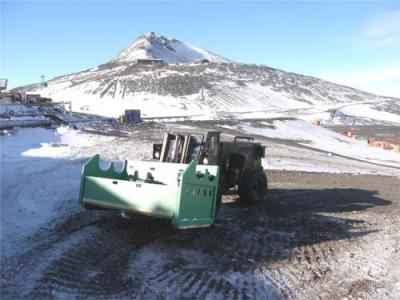
Gina fork lifts the "Pickle" with Observation Hill is in the background
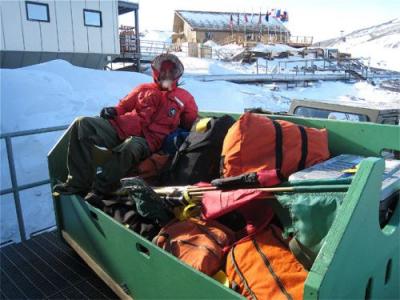
Marcus riding the gear in the Pickle
Once our gear was gone, and our lab was cleaned up, we went on a field trip to see the Pegasus plane crash.
Driving out on the "highway" to Pegasus Field (where they land some planes after the closer sea ice runway at McMurdo has gotten too thin) we looked back and saw Ross Island.
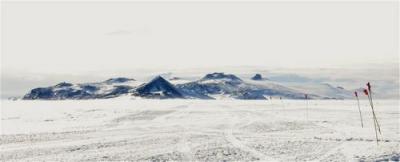
View of Ross Island with McMurdo to the left and Scott Base on the far right
As we neared the Pegasus Airfield we also got to see better views of both White Island and Black Island.
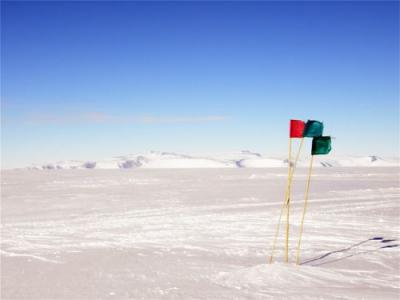
White Island
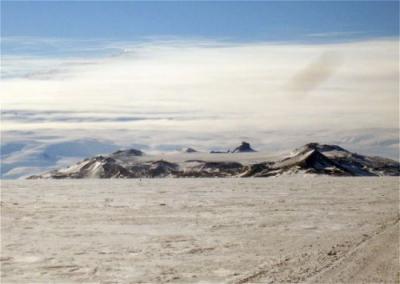
Black Island
When we see heavy clouds coming from between Black and White Islands we know we are in for bad weather! Today was COLD and WINDY but sunny.
In 1970, a Navy Super Constellation aircraft named Pegasus crashed while trying to land at McMurdo. The weather had worsened after it had passed the point when it had enough fuel to return to Christchurch, New Zealand, so it had to attempt a landing.
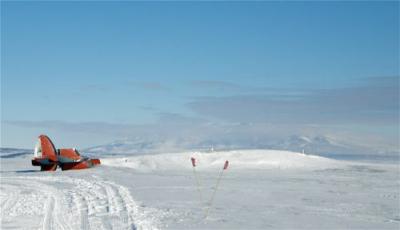
The tail is on the left and the "hump" in the middle is the main passenger compartment
The pilots couldn't see the runway at all but, through skill and experience, managed to land the plane so most passengers were only bumped and bruised. The plane, however, had its starboard wing broken off. And the weather had worsened to the point that Search and Rescue was unable to come out and get the passengers for some time. Amazingly, all 80 people survived!
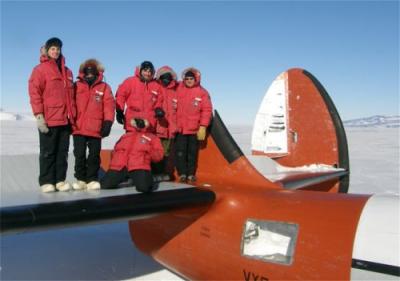
Team SCINI on the tail: Bryan, Mindy, Nick, Marcus, Stacy, Bob
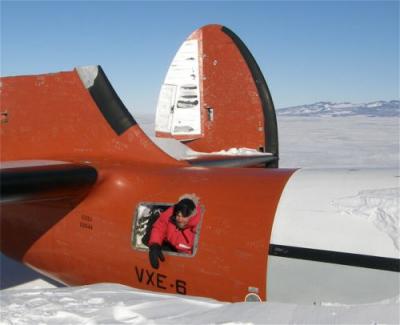
Marcus inside the plane - that is as far as he got!
On the way back, we stopped at the Route 66 sign because Flagstaff, where I live, is right on historic Route 66.
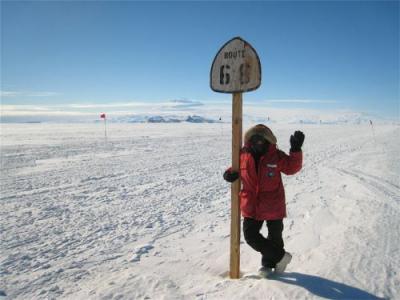
Mindy at the Route 66 Sign on the Ice Highway

